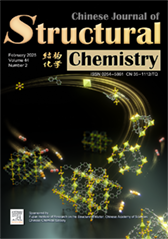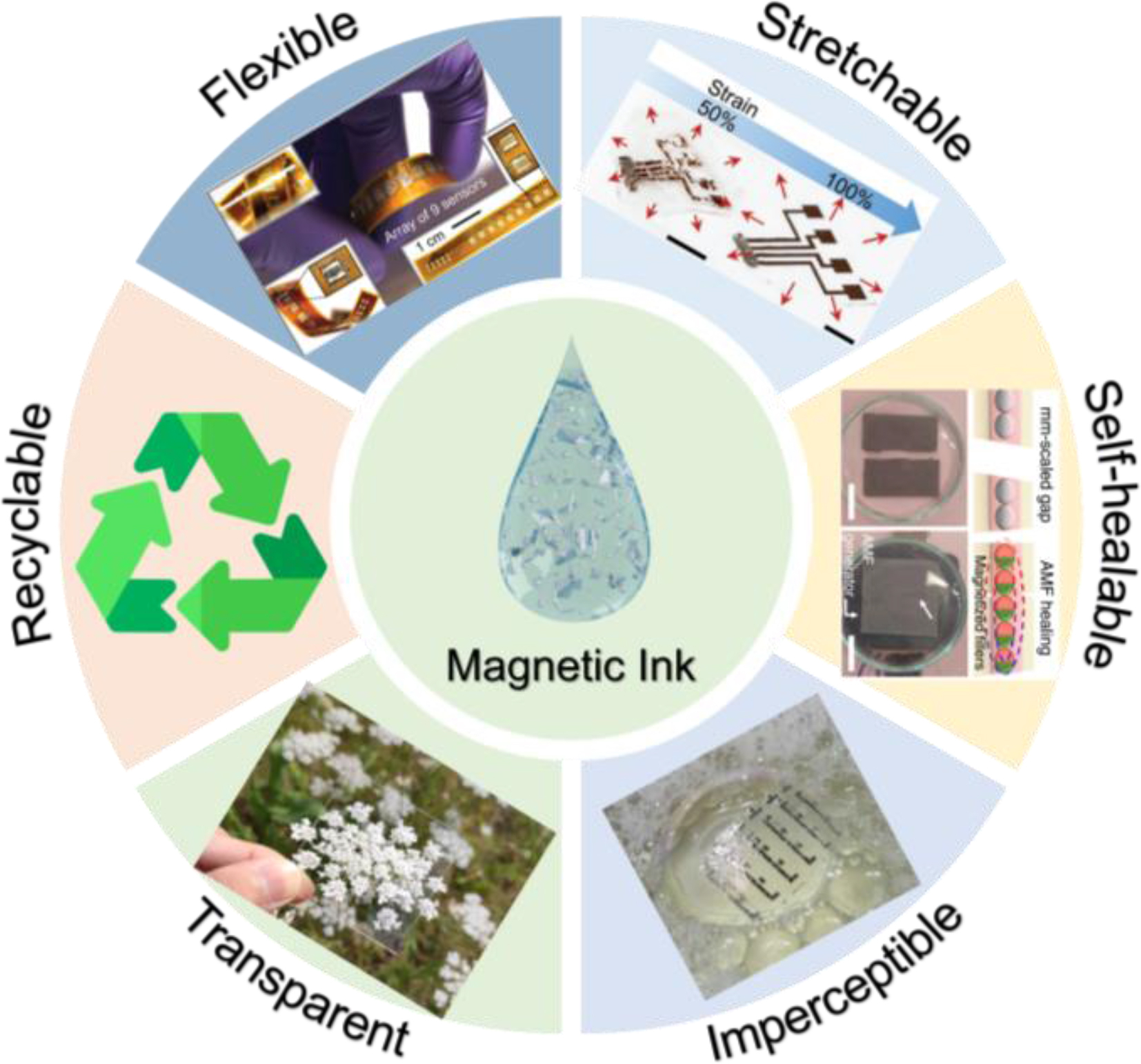
A new SIFSIX anion pillared cage MOF with crs topological structure for efficient C2H2/CO2 separation
Huirong Chen, Yingzhi He, Yan Han, Jianbo Hu, Jiantang Li, Yunjia Jiang, Basem Keshta, Lingyao Wang, Yuanbin Zhang* Submit a Manuscript
Lin Guo, Rui Xu*, Denys Makarov*
Chin. J. Struct. Chem., 2025, 44(2), 100428. DOI: 10.1016/j.cjsc.2024.100428
February 1, 2025
ABSTRACT
With advancements in printing technology
and the ongoing development of materials science, printable MR sensors are
emerging as a highly promising field. The broad range of available binders and
fillers offers greater design flexibility while enabling customization and
personalization. The high-throughput low-cost production of printable MR
sensors is vital for meeting the enormous and continuously expanding market
demands. Overall, the integration of advanced printing techniques in the
fabrication of MR sensors has the potential to revolutionize the field of
magnetoelectronics, offering immense benefits for industry, environment, and
human society.






